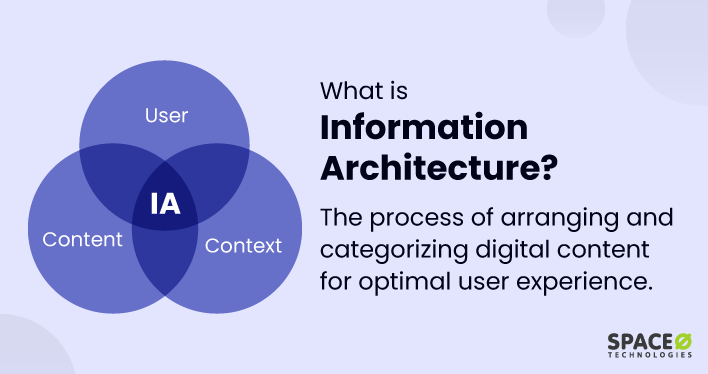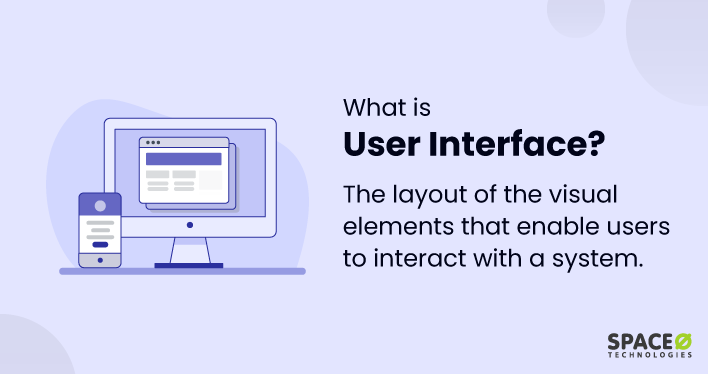Table of Contents
What is User Experience?
User experience (UX) refers to the overall experience that a user has when interacting with a product or service. It encompasses all aspects of an end user’s interaction, including their emotions, attitudes, and perceptions. The goal of user experience design is to create a positive, seamless experience for the user, from start to finish.
A good user experience is essential in creating positive human-computer interaction, leading to increased customer satisfaction. For example, a mobile app with an intuitive interface and helpful features is more likely to be used frequently and recommended to others.
What is the Importance of Good User Experience?
Good user experience (UX) design is crucial in ensuring that a product or service meets the needs and expectations of its users. Here are the 5 core reasons why good user experience design is so important:
- Increases user satisfaction: A good user experience design ensures that the product or service is easy to use, intuitive, and enjoyable. This not only involves the aesthetic appeal but also how well users can interact with the product. This interaction is largely determined by the user interface (UI), which serves as a bridge between users and your product or service. By creating a user-friendly UI, you increase user satisfaction, which in turn leads to increased usage, loyalty, and positive word-of-mouth. For a deeper understanding of this, check out our post on what is user interface.
- Improves usability: A well-designed user interface and user flow make it easier for users to navigate through the entire customer journey, from initial discovery to final conversion. By understanding the needs and expectations of the user’s journey at each stage, UX professionals can create a seamless and intuitive experience that enhances the overall user experience and increases the likelihood of conversion.
- Provides competitive advantage: Companies that prioritize user experience have a significant advantage over those that do not. A positive user experience can differentiate a product or service from its competitors and lead to increased sales and customer retention.
- Reduces development costs: Good user experience design can help reduce the costs associated with development and maintenance, as it can help identify and address usability issues early on in the design process.
- Increases accessibility: By considering accessibility in the interface design process, UX designers can make technology more usable for a wider range of users, including those with disabilities.
A user-centered design is essential in creating products and services that are intuitive, easy to use, and enjoyable, leading to increased user satisfaction, loyalty, and ultimately, business success.
7 Key Elements of Good User Experience Design
Good user experience encompasses several key elements that contribute to the overall customer experience. Here are some of the most important elements of good user experience design:
- Usability: This refers to how easy a product or service is to use. Good usability means that the user can accomplish their goals efficiently and effectively, with minimal frustration or confusion.
- Accessibility: Accessibility refers to how easy it is for users with disabilities to use a product or service. Good accessibility means that the product or service is designed to accommodate a wide range of users, including those with visual, auditory, or motor impairments.
- Visual design: The visual design of a product or service is crucial in creating a positive customer experience. This includes the layout, typography, colors, and other visual elements that contribute to the overall aesthetic of the product or service.
- Information architecture: Information architecture refers to how information is organized and presented within a product or service. Good information architecture means that the user can easily find the information they need, without having to navigate through unnecessary clutter.
- Interaction design: Interaction design refers to how users interact with a product or service. Good interaction design means that the user interface is intuitive and easy to navigate, with clear feedback and guidance throughout the user flow.
- User research: User research involves understanding the needs, preferences, and behaviors of the target user group. It enables a UX designer to create products and services that meet the needs and expectations of their users, resulting in a positive end-user experience.
- Performance: The performance of a product or service can have a significant impact on the user’s experience. Good performance means that the product or service is fast, responsive, and reliable, with minimal lag time or technical issues. This can be achieved through careful optimization of the code and design, as well as effective management of the technical infrastructure. Poor performance can lead to frustration and negative attitudes towards the product or service, while good performance can enhance user experiences, leading to increased satisfaction and loyalty.
By considering these key elements of user-centered design, a UX designer creates products and services that are intuitive, easy to use, and enjoyable, leading to increased user satisfaction, loyalty, and ultimately, business success.
A good user experience can lead to increased user engagement, loyalty, and satisfaction, while a poor user experience can lead to frustration, negative attitudes, and decreased usage. By focusing on the key elements of user experience, you can create products and services that meet the needs and expectations of their users, resulting in a positive and seamless experience.







